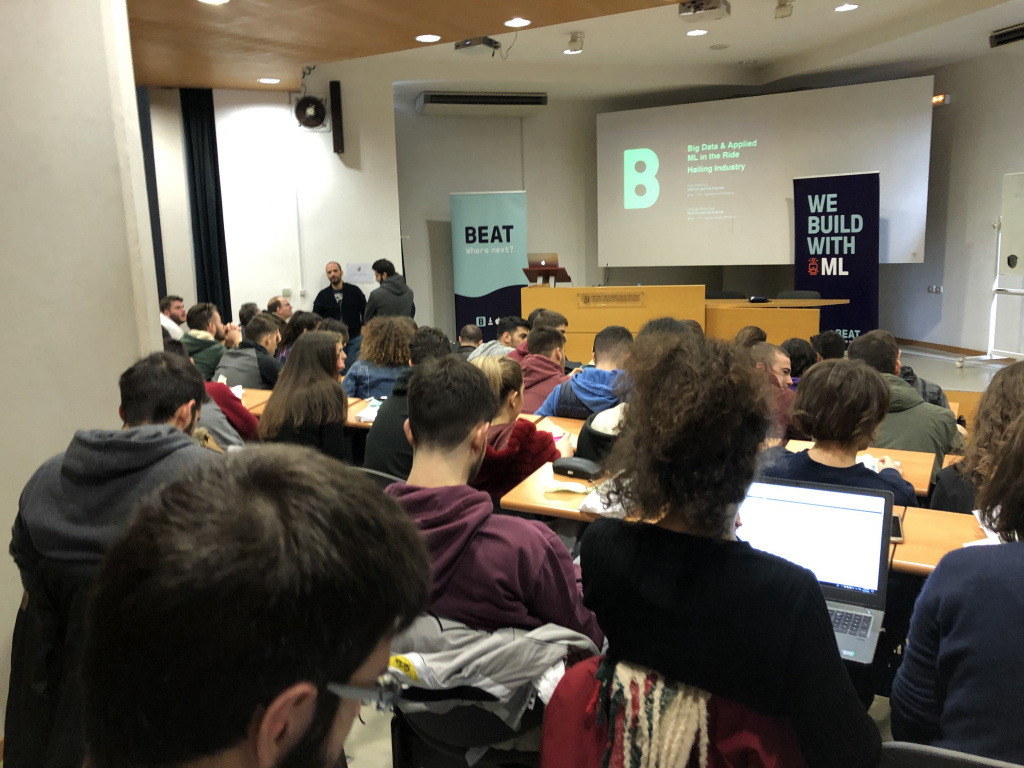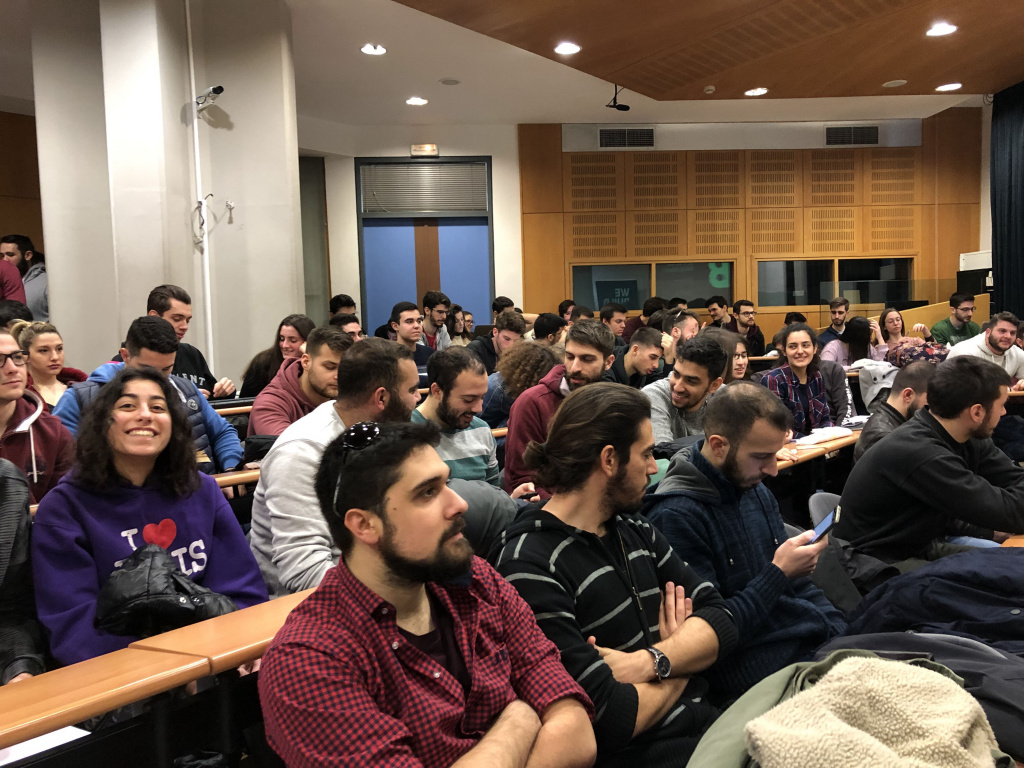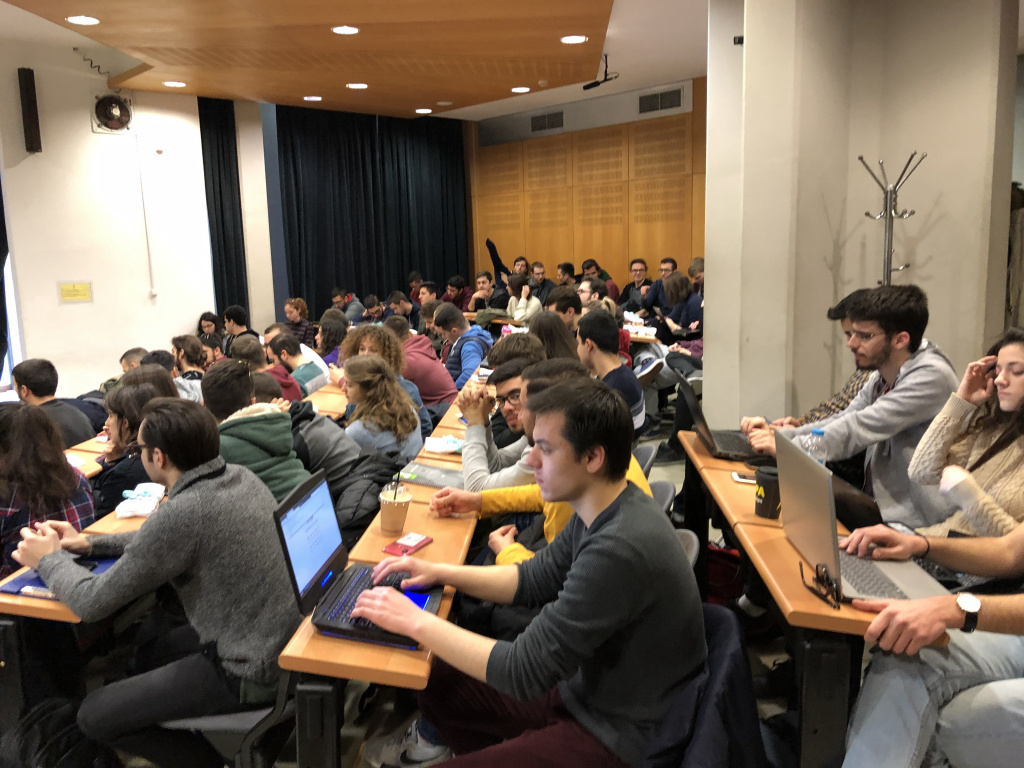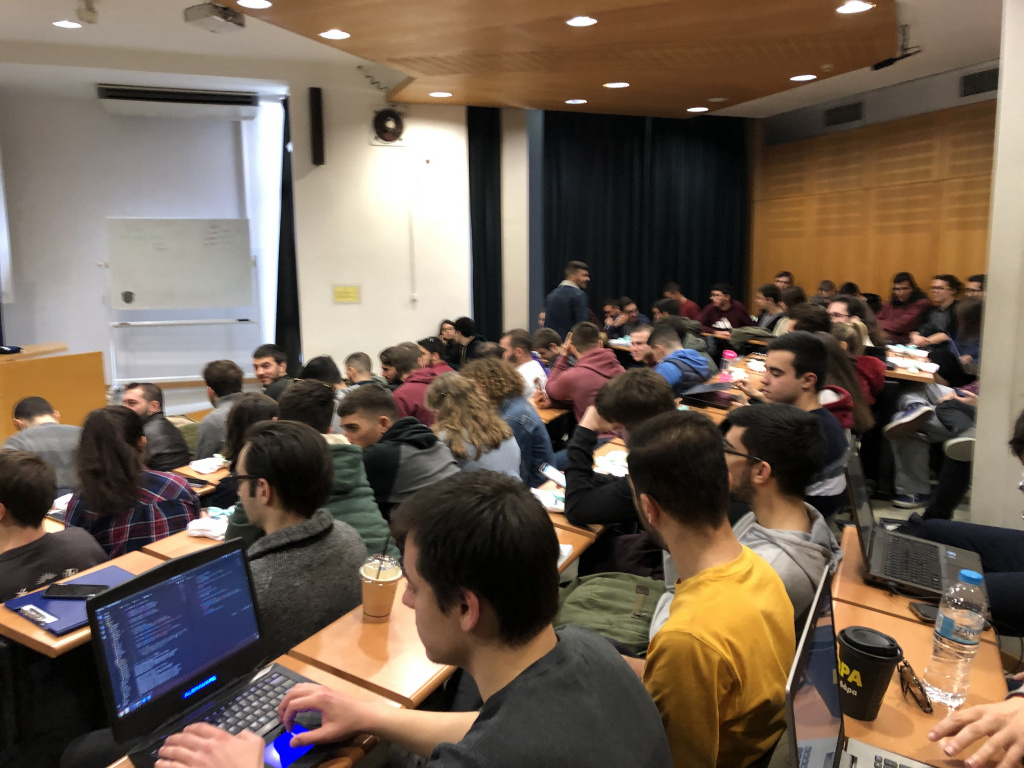Big Data & Applied Machine Learning in the Ride Hailing Industry

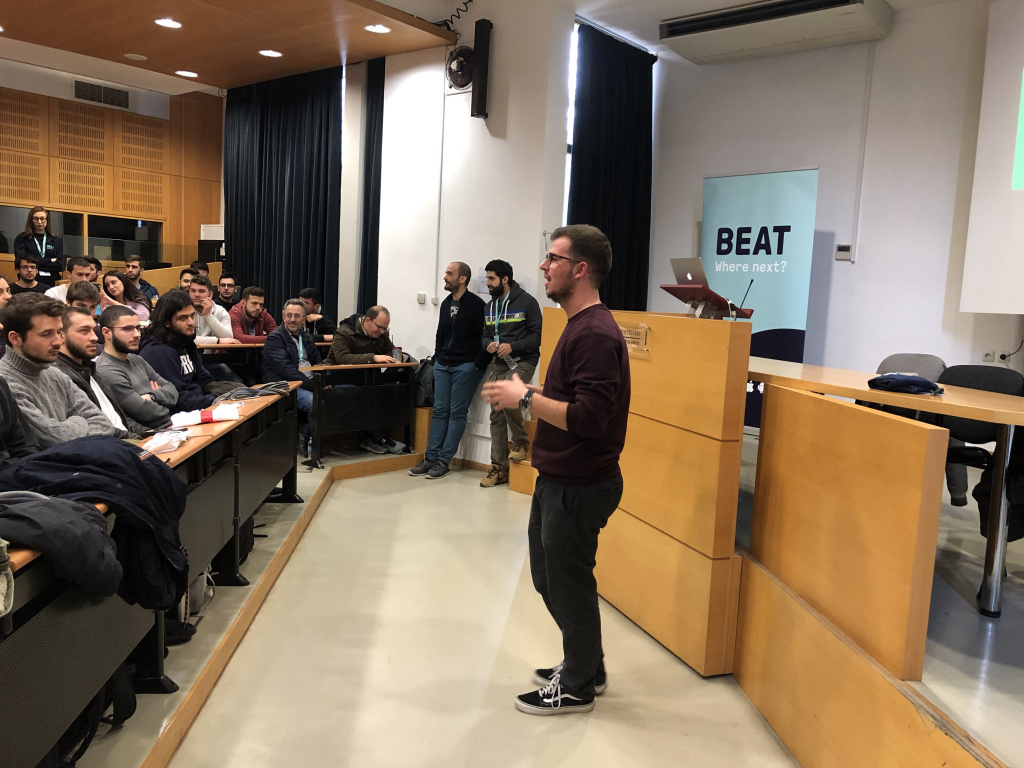

On February 27, 2019, a workshop on "Big Data & Applied Machine Learning in the Ride Hailing Industry” hosted by the School of ECE-NTUA as an activity of the IEEE NTUA SB and in cooperation with BEAT. The event took place at the Multimedia amphitheater of the NTUA Central Library.
BEAT engineers introduced in front of a large audience the ride hailing business, from its beginning until the multi-billion multi-players industry it is today, along with its vision and main technological challenges. In a rapid-changing environment, they attempted to explain how Big Data technologies and Machine Learning methodologies fit into the landscape. On the outset of autonomous-driving cars era, Machine Learning and Artificial Intelligence combined with massive amounts of data can revolutionize urban mobility and life as we know it. For instance, personalization and understanding the patterns of each individual can help in better distributing a fleet of cars throughout a city. Anomaly detection techniques can increase safety as we move around. Accurately predicting demand and outliers can help us provide a more stable service and improve the overall user experience.
In the second part of the talks, BEAT engineers delved into a specific challenge that the industry is currently struggling with: Dynamic Pricing. Namely how we can adjust the price of a ride based on what is happening on the ground in real-time. They described a modern Machine Learning pipeline, from acquiring, manipulating and preprocessing huge amounts of data, experimentation with a variety of models, hyperparameter tuning, deployment and monitoring both of the model performance over time and of the serving system itself. Established Big Data frameworks such as MapReduce and Spark form the foundation in the data-intensive related parts. Following the preprocessing part, one can attack the problem by viewing it as forecasting task. Deep Neural Network architectures such as LSTM and GRU are the state of the art techniques for doing so. Concluding, they drew special attention to the increasing importance of Artificial Intelligence in the industry and the skills that a modern Machine Learning Engineer should be equipped with in order to excel in the field.
